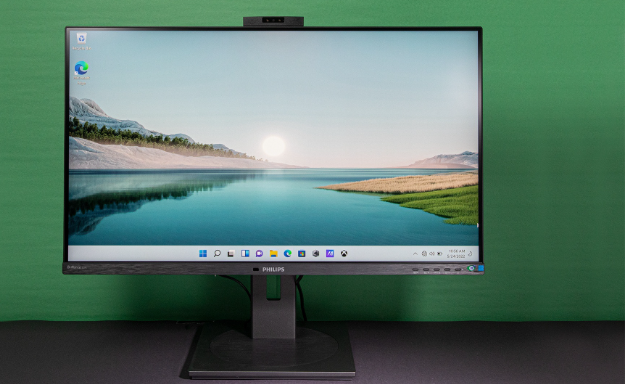In today’s fast-paced world, people are always on the move, and it’s no surprise that technology has evolved to keep up with this lifestyle. One of the latest developments in this area is the portable monitor, which has quickly become an essential tool for on-the-go professionals. In this article, we’ll explore what a portable monitor is, how it works, and why it’s so useful for busy individuals.
What is a Portable Monitor?
A Portable monitor is a compact and lightweight display screen that can be connected to a laptop, tablet, or smartphone. These monitors are designed for people who need a larger screen while traveling, working remotely, or in situations where they cannot access a traditional desktop computer. Portable monitors come in a range of sizes, from 13 inches to 17 inches, and most models are powered by a USB cable.
How Does a Portable Monitor Work?
Portable monitors are designed to be plug-and-play, which means they require minimal setup. To use a portable monitor, you need to connect it to your laptop or other device using a USB or HDMI cable. Once the connection is established, the monitor will display whatever is on your computer screen. You can use it to extend your desktop, duplicate your display, or use it as your primary monitor.
Why is a Portable Monitor Useful?
- Increased Productivity
A portable monitor can help boost productivity by providing a larger screen to work on. This is especially helpful for professionals who work with spreadsheets, multiple documents, or creative projects that require more screen space. With a portable monitor, you can have multiple windows open at once, making it easier to work on different tasks simultaneously.
- Portability
One of the primary benefits of a portable monitor is its portability. Unlike a traditional desktop monitor, a portable monitor can be easily packed up and taken on the go. This is particularly useful for business travelers, freelancers, or anyone who needs to work remotely.
- Versatility
A portable monitor is a versatile tool that can be used in a variety of settings. Whether you’re working from a coffee shop, a hotel room, or a coworking space, a portable monitor can provide you with the flexibility you need to work comfortably and efficiently.
- Cost-effective
Portable monitors are also cost-effective, particularly when compared to traditional desktop monitors. While a high-end desktop monitor can cost several hundred dollars, a portable monitor typically costs between $100 and $300, depending on the size and features. This makes it a more affordable option for professionals who need a larger screen without breaking the bank.
- Compatibility
Another benefit of a portable monitor is its compatibility with a range of devices. Whether you’re using a laptop, tablet, or smartphone, you can easily connect a portable monitor to your device and start working.
- Easy Setup
Finally, a portable monitor is incredibly easy to set up. Unlike traditional desktop monitors, which require a lot of cables and connections, a portable monitor can be set up in minutes. Simply plug in the USB or HDMI cable, and you’re good to go.
Conclusion
In conclusion, a portable monitor is an essential tool for on-the-go professionals. It provides increased productivity, portability, versatility, cost-effectiveness, compatibility, and easy setup. If you’re someone who needs a larger screen while traveling, working remotely, or in situations where a traditional desktop computer is not available, then a portable monitor is a great investment. With so many benefits, it’s no wonder that portable monitors have become increasingly popular in recent years.
